Future Trends in Food Delivery Apps: What to Expect in the Next 5 Years
26 Jul 24 

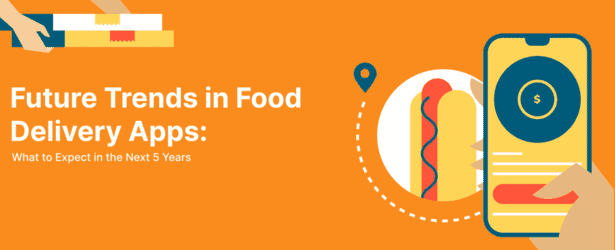
Our eating habits have completely changed as a result of food delivery apps, which offer never-before-seen convenience and variety. Meals are now brought straight to our doors with a few touches on a smartphone, so gone are the days of calling restaurants or looking through takeaway menus. The food delivery sector is expected to undergo even more change over the next five years as a result of shifting consumer preferences, new business opportunities, and technology breakthroughs. Let’s take a look at the fascinating future of food delivery applications and what to anticipate in the years to come.
Growth of the Food Delivery Industry
The Impact of the Pandemic
The COVID-19 pandemic has significantly increased the adoption of meal delivery applications. As lockdowns and social distancing measures were implemented, people turned to these applications for a safe and convenient method to eat their favorite meals at home. This shift in behavior raised demand while also altering consumer habits. Many individuals tried new foods and supported local businesses, which helped them endure difficult times. The epidemic also underlined the need of contactless delivery options, which are now considered standard in the business. This increased reliance on meal delivery services has created a solid platform for future expansion.
Current Market Statistics
According to recent studies, the food delivery market is expected to continue its rapid growth in the coming years. With increasing smartphone penetration and changing lifestyles, the demand for food delivery services is set to rise significantly. For instance, the global food delivery market was valued at approximately $111 billion in 2020 and is projected to reach $154 billion by 2023. Factors such as busy work schedules, the convenience of ordering through apps, and the wide variety of available options are driving this growth. Additionally, the entry of new players and increased competition among existing ones are likely to further stimulate market expansion, offering consumers more choices and better services.
Enhancements on User Experience
Personalized Recommendations
Imagine opening your food delivery app and receiving suggestions that perfectly match your tastes and preferences. Enhanced algorithms and machine learning technologies will soon make this a reality. These systems will evaluate your previous orders, dietary restrictions, and even the time of day to offer personalized recommendations. This level of customization will not only enhance user satisfaction but also encourage repeat orders. For example, if you frequently order vegan meals, the app might suggest new vegan restaurants or dishes you haven’t tried yet. Personalized recommendations can also help users discover new cuisines and dishes, making the dining experience more enjoyable and varied.
Streamlined Ordering Processes
A complicated ordering process can be a major deterrent for users. In the next five years, we can expect significant improvements in the user interface and ordering processes of food delivery apps. Features such as one-click ordering, voice-activated commands, and quick reorders will become standard. These enhancements will make it easier for users to place orders quickly and effortlessly, reducing the time and effort required to get their favorite meals. For instance, integrating with virtual assistants like Siri or Google Assistant could allow users to place orders through voice commands, making the process even more convenient. Additionally, AI-driven chatbots could assist users in real-time, answering questions and resolving issues instantly.
Technology Integration in Food Delivery Apps
Artificial Intelligence
Artificial Intelligence (AI) is poised to revolutionize the food delivery industry. AI algorithms can predict what users are likely to order based on their past behavior, current trends, and other factors. This can help apps provide more accurate and appealing recommendations. Additionally, AI can optimize delivery routes, ensuring that drivers take the most efficient paths to deliver orders quickly and reduce wait times for customers. This can lead to improved customer satisfaction and lower operational costs. AI can also be used to automate various tasks, such as order processing and customer service, making the overall system more efficient and responsive.
Augmented Reality and Virtual Reality
Augmented Reality (AR) and Virtual Reality (VR) technologies are set to enhance the food delivery experience in innovative ways. For example, AR can allow users to visualize their meals before placing an order. By pointing their smartphones at a flat surface, they could see a 3D representation of the dish, helping them make more informed choices. VR, on the other hand, could be used to create immersive dining experiences at home. Users could don VR headsets to feel as though they are dining in a fancy restaurant or exotic location while enjoying their meal. These technologies can bridge the gap between the digital and physical worlds, making the food delivery experience more engaging and enjoyable.
Sustainability in Food Delivery
Eco-Friendly Packaging
As consumers become more environmentally conscious, food delivery apps will need to adopt sustainable practices to stay competitive. One significant area of focus will be eco-friendly packaging. The industry is likely to see a shift towards biodegradable, compostable, and recyclable packaging materials. This change not only helps reduce the environmental impact of food delivery but also appeals to eco-conscious consumers who prefer to support businesses that prioritize sustainability. For instance, some companies are already experimenting with edible packaging made from natural ingredients, which can be consumed along with the meal, eliminating waste entirely.
Sustainability is becoming an ever more critical factor in the development of food delivery services. Consumers are seeking options that lessen environmental impacts, including eco-friendly packaging and green deliveries. Eating more responsibly doesn’t just extend to what we consume but how these items arrive at our doorsteps. Beyond the incredible convenience these apps offer, utilizing the right promo code from Factor 75 can provide users important savings while enjoying chef-prepared meals. With offerings focused on fresh, balanced nutrition and reduced carbon footprints, consumers can feel good on multiple levels about their choice.
Green Delivery Options
In addition to sustainable packaging, the mode of delivery itself will see a shift towards greener options. Delivery services are likely to incorporate more bicycles, electric scooters, and electric vehicles (EVs) into their fleets. These alternatives to traditional gasoline-powered vehicles can significantly reduce carbon emissions and the overall environmental footprint of delivery operations. Some companies are also exploring the use of drones for deliveries, which can further minimize the impact on traffic congestion and pollution. Green delivery options not only benefit the environment but also enhance the brand image of food delivery services, attracting more environmentally conscious customers.
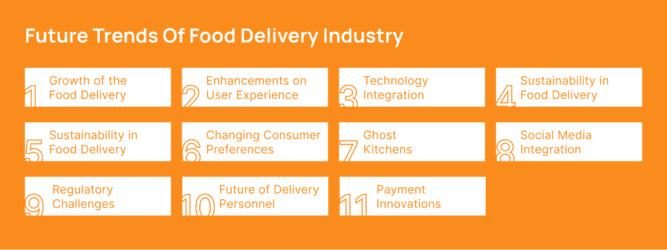
Expansion of Delivery Services
Grocery and Household Item Delivery
Food delivery services are expanding their offerings beyond prepared meals to include groceries, household essentials, and personal care items. This expansion allows consumers to order a wide range of products from a single app, increasing convenience. For example, during the pandemic, many food delivery apps started partnering with grocery stores to deliver essential items to customers’ doorsteps. This trend is likely to continue, with apps offering more diverse products and services. Imagine ordering your lunch, weekly groceries, and household supplies all in one go, saving time and effort.
Global Expansion
Food delivery apps are breaking geographical barriers, allowing users to enjoy international cuisines from the comfort of their homes. This global expansion is made possible through partnerships with local restaurants and food chains worldwide. As a result, consumers can explore a wide variety of dishes from different cultures without leaving their homes. For instance, an app might offer authentic Italian pizza from a local pizzeria in Rome or sushi from a renowned restaurant in Tokyo. This trend not only satisfies the growing demand for diverse culinary experiences but also provides opportunities for local businesses to reach a global audience.
Changing Consumer Preferences
Health-Conscious Choices
Consumers are becoming increasingly health-conscious, and food delivery services must adapt to meet this demand. The popularity of organic, gluten-free, vegan, and other specialty diets is on the rise. To stay competitive, food delivery apps will need to offer a broader range of healthy options. For example, some apps are already partnering with nutritionists and dieticians to create curated menus that cater to specific dietary needs. Additionally, apps can provide detailed nutritional information for each dish, helping consumers make informed choices about their meals. As the trend towards healthier eating continues, food delivery services that prioritize health and wellness will have a significant advantage.
Local Food Movement
The “locavore” movement, which emphasizes consuming locally produced food, is gaining traction. Consumers are increasingly interested in supporting local farmers and producers, as well as enjoying fresher and more sustainable food. Food delivery apps that form partnerships with local farms, markets, and producers will thrive in this environment. By offering locally sourced ingredients and dishes, these apps can appeal to consumers who value freshness, sustainability, and community support. For instance, an app might highlight seasonal produce from nearby farms or feature dishes from local chefs who use locally sourced ingredients. This approach not only promotes sustainability but also strengthens local economies.
Ghost Kitchens
Ghost kitchens, also known as virtual kitchens or dark kitchens, are commercial cooking spaces that prepare food solely for delivery. These kitchens do not have a physical storefront or dine-in option, focusing entirely on online orders. Ghost kitchens offer several advantages, including lower overhead costs, greater flexibility, and the ability to quickly adapt to changing consumer preferences. As the demand for food delivery continues to grow, the number of ghost kitchens is expected to increase. These kitchens allow restaurants to expand their reach and test new concepts without the significant investment required for a traditional restaurant. For example, a restaurant might use a ghost kitchen to offer a new cuisine or test a delivery-only brand.
Social Media Integration
Social media platforms are increasingly influencing consumer behavior, and food delivery apps are likely to integrate more closely with these platforms in the future. Ordering food directly from social media apps could become a norm, allowing users to browse menus, read reviews, and place orders without leaving their favorite social networks. User-generated content, such as photos and reviews, can drive traffic to food delivery services and influence purchasing decisions. Additionally, influencers and social media personalities can play a pivotal role in promoting food delivery apps and specific restaurants or dishes. This integration can create a more seamless and engaging experience for users, leveraging the power of social media to boost sales and brand awareness.
Payment Innovations
The way we pay for food is evolving, with cashless transactions becoming the standard. Over the next five years, we can expect even more payment options to be introduced, offering greater flexibility and convenience for consumers. For example, cryptocurrencies such as Bitcoin and Ethereum might become accepted payment methods on food delivery apps, catering to tech-savvy users. Additionally, buy-now-pay-later schemes could allow customers to order meals and pay for them in installments, making it easier to manage expenses. Other innovations might include biometric payments, where users can authorize transactions using fingerprint or facial recognition, and digital wallets that streamline the checkout process.
Regulatory Challenges
As the food delivery industry grows, it will face increasing regulatory challenges. Ensuring safety, worker rights, and fair pricing are critical issues that delivery services must navigate. For example, regulations around food safety and hygiene will become more stringent, requiring delivery services to implement rigorous standards and practices. Worker rights, particularly for gig economy workers, will also be a major focus, with increasing calls for better wages, benefits, and protections. Delivery services will need to adapt to these changes to avoid legal troubles and maintain consumer trust. Additionally, regulations around data privacy and cybersecurity will become more important as apps handle increasing amounts of sensitive information.
Future of Delivery Personnel
The role of delivery drivers is set to change significantly in the coming years. There will be a greater emphasis on fair wages, benefits, and stable employment structures. Moving away from gig work models towards more traditional employment set ups can provide delivery personnel with greater job security and satisfaction. For example, some companies are already experimenting with offering delivery drivers full-time positions with benefits such as health insurance, paid leave, and retirement plans. This shift can improve job retention and attract a more dedicated workforce. Additionally, the use of technology such as AI and automation can assist delivery personnel, making their jobs easier and more efficient.
Final thoughts
The world of food delivery is undergoing an exciting transition. The next five years hold the potential of a dining experience that is not just convenient but also increasingly customized to socially conscious values, thanks to technological advancements and shifting consumer tastes. Food delivery apps will improve the overall dining experience for customers by providing more individualized, sustainable, and varied options as they develop. Food delivery has a bright and exciting future ahead of it because of innovation and a dedication to satisfying the needs of contemporary customers.
- Android Development3
- Artificial Intelligence17
- Classified App1
- Digital Transformation7
- Doctor Appointment Booking App10
- Dropshipping1
- Ecommerce Apps27
- Education Apps2
- Fintech-Apps30
- Flutter2
- Flutter Apps19
- Food Delivery App5
- Grocery App Development1
- Grocery Apps3
- Health Care4
- IoT2
- Loyalty Programs8
- Microsoft1
- Mobile App Maintenance1
- Mobile Apps116
- Product Engineering2
- Progressive Web Apps1
- Saas Application2
- Shopify3
- Software Development1
- Taxi Booking Apps7
- Truck Booking App5
- UI UX Design8
- Uncategorized2









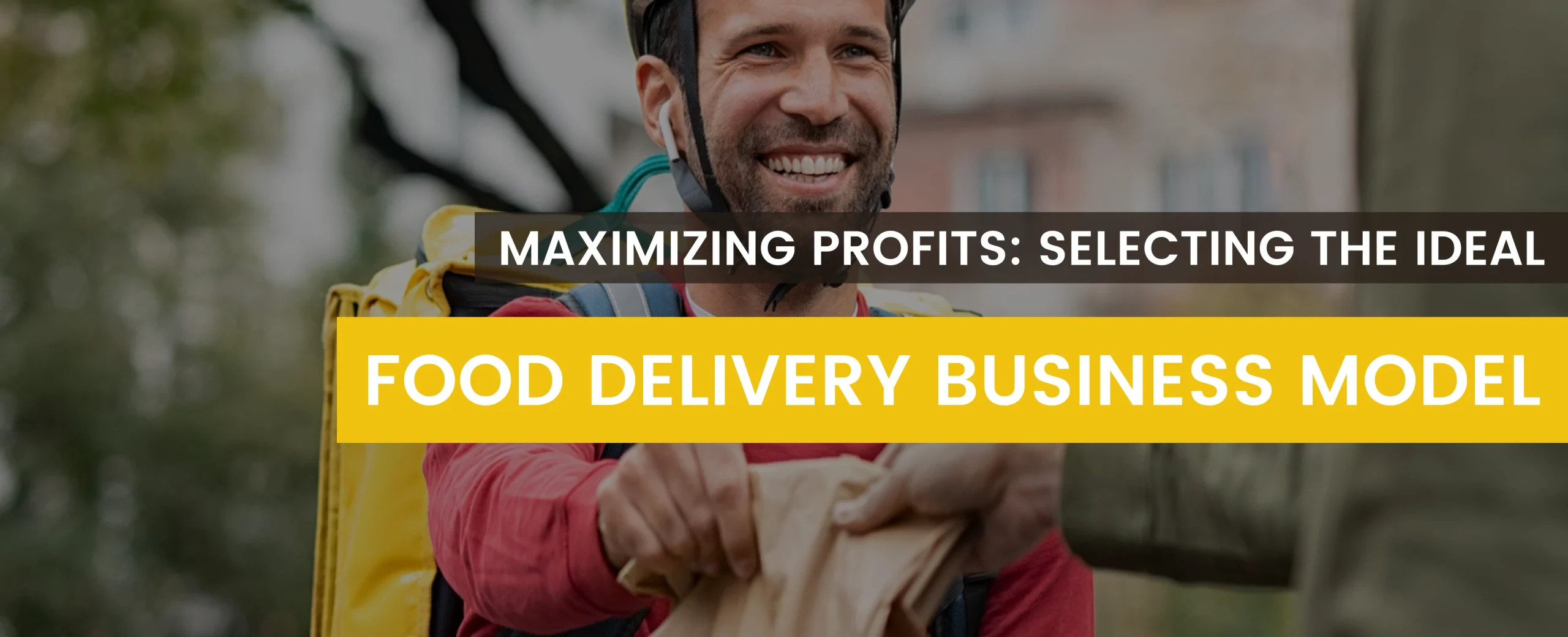
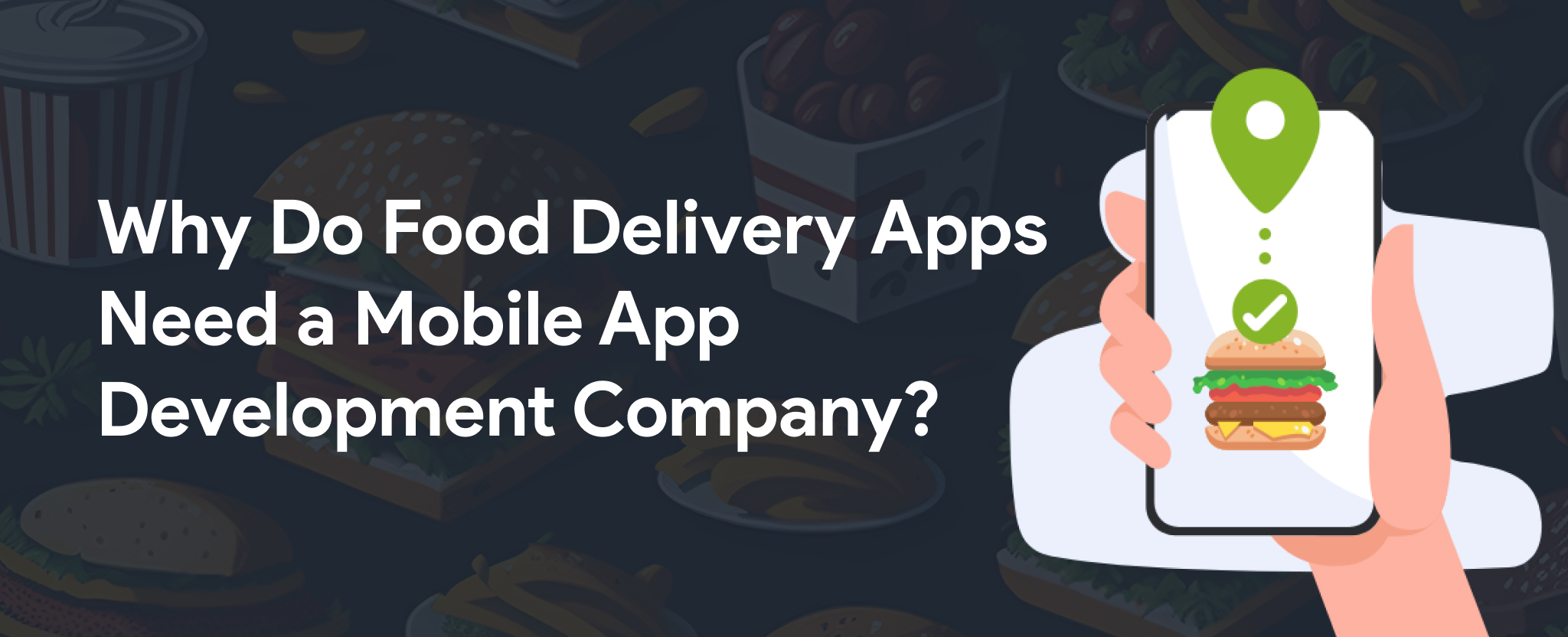
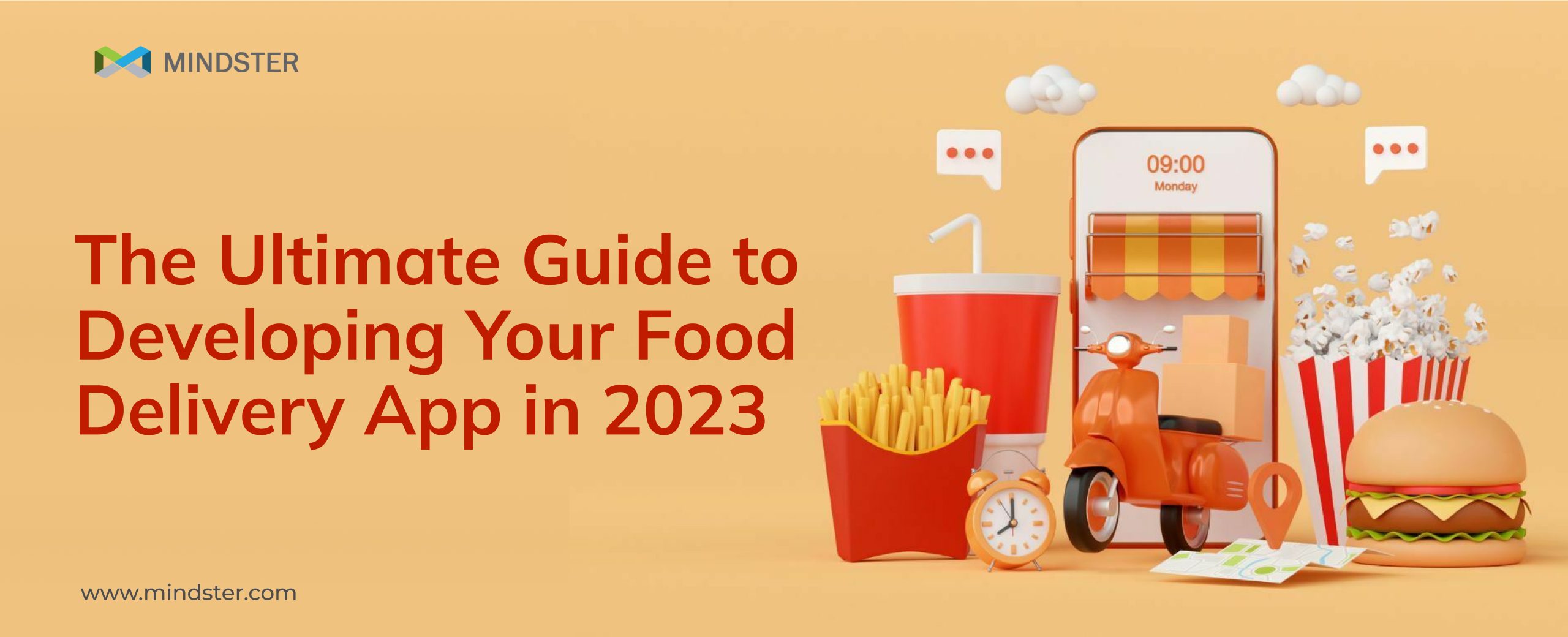
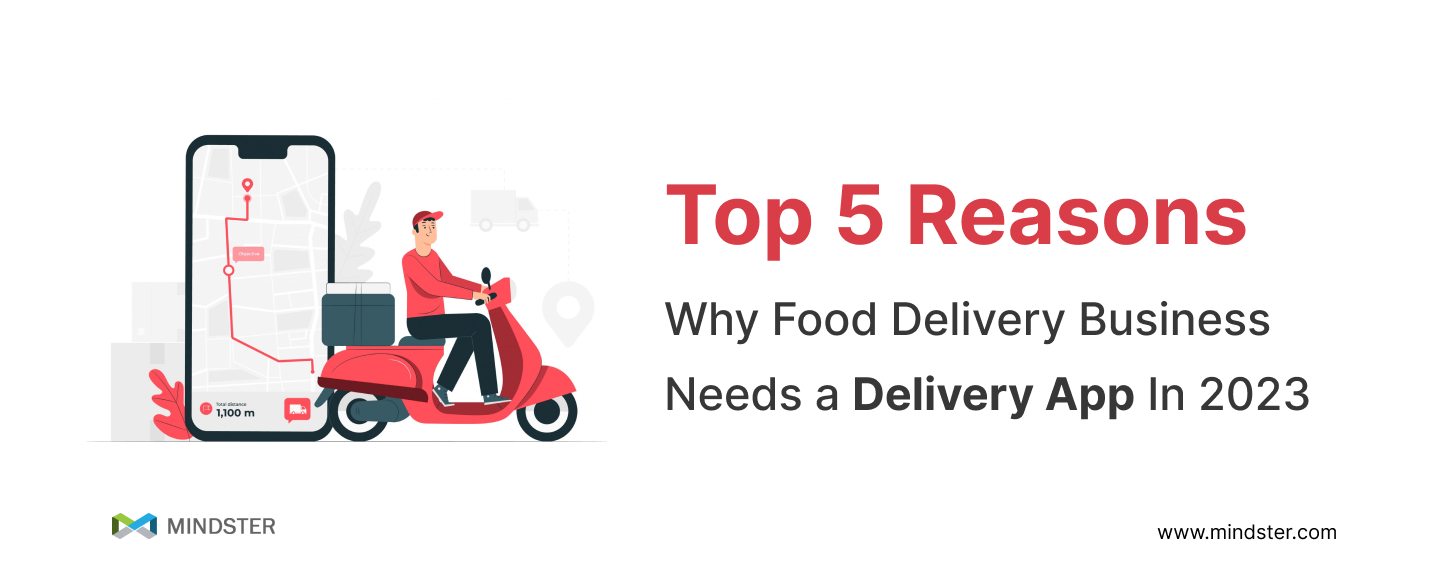






Comments